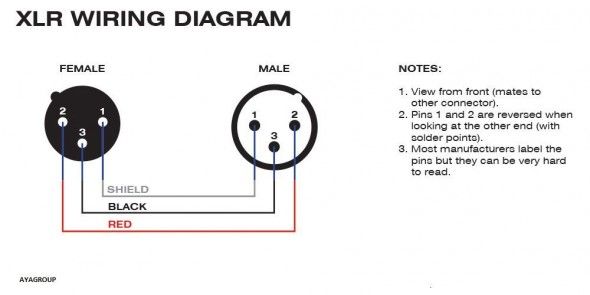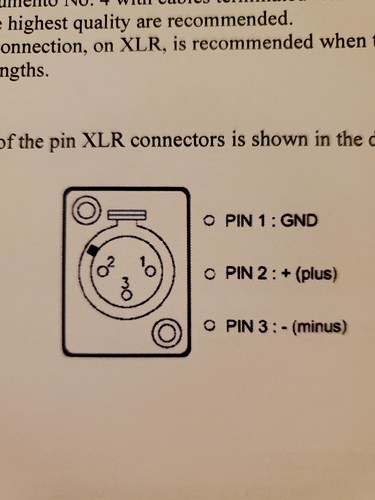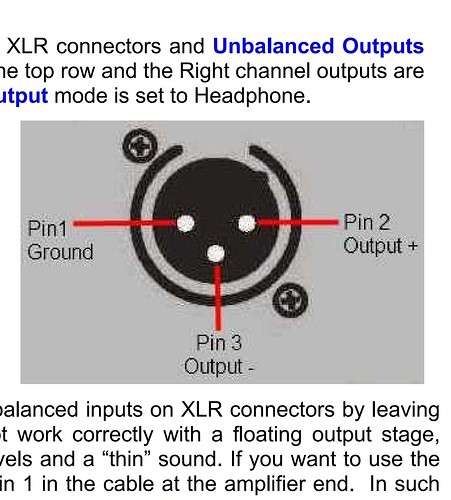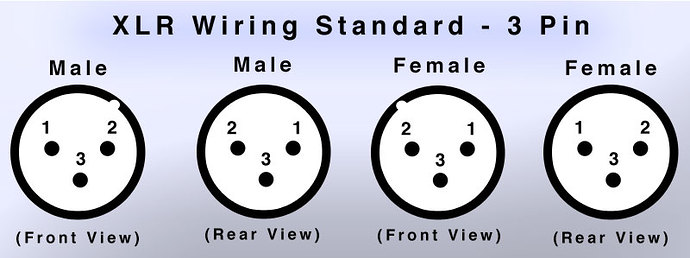Hello all, I have an opportunity to switch my current Pass Int 60 for a Luxman m900u and wondering if anyone has experience with this particular combo? My speakers are Wilson Sabrina. I’d like to eliminate the need for a separate preamp but realize this is a subjective topic. Thanks in advance for any wisdom you can share.
No experience, but from reading it looks like the Luxman is a very good partner for your Sabrinas:
Wilson specifies the Sabrina’s electrical impedance as 4 ohms, with a minimum magnitude of 2.53 ohms at 139Hz. My measurement of the impedance is shown in fig.1: the value (solid trace) varies between 4 and 6 ohms between 250Hz and 4kHz, and the minimum magnitude is 2.44 ohms at 135Hz. However, there is also a combination of 4.44 ohms and a capacitive phase angle of –58° at 72Hz, a frequency where music can have considerable energy; this will place a significant demand for current on the partnering amplifier.
From: https://www.stereophile.com/content/wilson-audio-specialties-sabrina-loudspeaker-measurements
The Luxman M-900u has not only acquired sufficient rated output of 150 W + 150 W (8Ω), 300 W + 300 W (4Ω) but also achieved instantaneous maximum output of up to 1,200 W + 1,200 W (1Ω). Therefore, the unit can be ready with leeway for a sound source that requires high energy in a moment and drive speakers in any circumstances without being affected by change in speaker impedance.
From: Luxman
Erno, thanks for this info and for confirming what I believe should be a strong marriage between amp and speaker on paper. I suspect the Int 60 may be slightly underpowered in this regard. My main question is whether the combo of Bartok and Luxman is a match made in heaven or not. Without the ability to audition first I am taking a slight leap of faith.
The Bartok will technically work fine from its balanced XLR outs, set at 2V, into the Luxman. But please NOTE:
Bartok’s XLR pins are wired in conformity with the AES standard, with Pin 2 hot:
Pin 1: signal ground
Pin 2: + (hot)
Pin 3: - (cold)
The Luxman’s XLR in has:
Pin 1: signal ground
Pin 2: - (cold)
Pin 3: + (hot)
So you need to set its BAL LINE PHASE INVERT switch at its back from NORMAL to INVERT.
I hope someone can inform you from experience if these two are a match made in heaven or not.
Erno, thanks for pointing that out, it hadn’t occurred to me to check the phase. Good thing the Luxman makes it easy to switch
Good point Erno. I would just mention for other readers that the pin count of Bartok v. Luxman is not limited to the Luxman M-900u. Most Japanese manufactured audio equipment with balanced connections follows the pIn 3 is hot convention. I think that when AES formalised the XLR balanced protocol Japanese manufacturers preferred to maintain backwards compatibility with their earlier products.
So when combining any Japanese component with balanced connection with an American or European one it is always worthwhile paying attention to this detail.
I have a c700u/m700u with bal xlr from Bartók to c700u. Are the bal xlr inputs of the c700u the same pin-3 hot configuration? I had heard this before with connecting a DAC directly to the amp but didn’t think about that carrying over to pre-amp inputs as well.
Seems like they are;
The balanced inputs have the option of phase switching (pin no.3 HOT to pin no.2 HOT) which can be adjusteded and memorized for each balanced input. This is useful for connecting to units made by other manufacturers.
Although Anup has correctly confirmed that , in typical Japanese fashion, your c700u uses pin 3 hot, using the phase switching option may or may not provide you with any benefit.
You also need to consider your entire chain of components. The gain stage or stages of each one may invert the phase of the incoming signal irrespective of any consideration of the XLR pin count. So if the C700u preamp inverts phase ( I do not know whether or not it does) then correcting the XLR input would then produce the opposite result to what was intended. Take that signal and pass it to the M700u and if that inverts phase too then the output will now be in phase with what you intended originally. However you then need to think about the speaker input and crossover.
This complicates things especially as I would guess that most home audio enthusiasts will have no idea whether or not any particular component inherently inverts phase.
Finally the music that you play may have been recorded with phase one way or the other and, in any case, is quite likely to contain mixed phase information.
Does this have any practical impact? It depends entirely whether or not you are sensitive to phase inversion. There is a fair amount of research on this and the answer is that some humans are sensitive to the change and many others are not. I cannot find whether or not there is any mode associated so assume it is a 50:50 ratio until I get better information.
I can only suggest that you keep the wiring as it is now and just click that phase switch option on the c700u ( or use the phase invert facility on your dCS component) and see if it makes a difference to you. If it does then select your favourite polarity but remember that you may then want to change to the alternative depending upon the music that you are listening to. If it doesn’t then life just got simpler.
Personally I have found that I am insensitive to phase inversion and I guess only have all of my kit wired pin 2 hot as it is conventional ( from an AES standpoint) and I have a bit of a tidy mind. In terms of perceived SQ I do not worry at all as it is inaudible to me.
Hi Erno, I was hoping you could answer this question regarding Bartok’s XLR pin configuration and amp with pin configuration below. For both dac and amp pin 2 is hot and pin 3 is cold but 1 and 2 are reversed in the amp diagram compared to Bartok. Does this matter or am I just concerned for nothing? Thanks
I hope that Erno does not object to my pointing out that I answered the same question just two posts above in this same thread.
There are many other factors in a practical audio system that will also affect phase including the recording itself ( which means that whichever wiring option you choose the result will not be consistent ), the crossover design in the speaker etc. dCS DACs usually have a phase inversion option so you can just try before you start to be concerned. Or just use that option period.
Everything is fine. No phase inversion here!
The Bartok’s Male XLR out (front view, as you look to it from outside the case) is identical with your amp’s Female XLR in (again front view).
The above diagram shows you the pin numbering for both Male and Female XLR connectors, from the front and the rear view. (the rear view is the end you solder from)

Erno, now that I see it makes complete sense. Thank you for confirming


